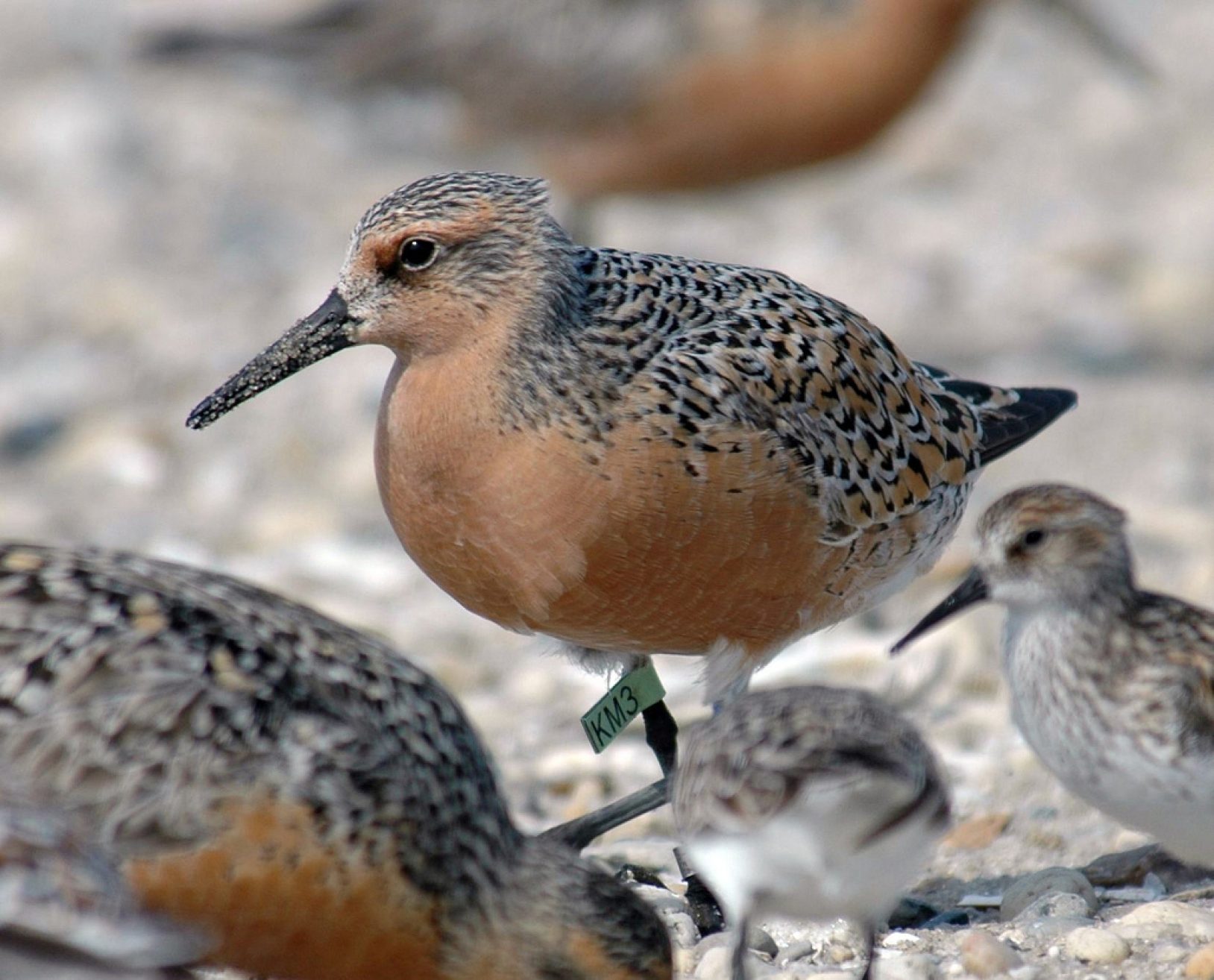You’ve likely read that news that many bird populations are in trouble. The State of North America’s Birds 2016 report indicated that one third of North American bird species need urgent conservation action. The problem may be especially acute for Neotropical migratory birds (nearly half of all U.S. species) – those that breed in North America and migrate in the fall to Mexico, Central America, the Caribbean, and points further south.
After all, long distance migration is taxing: birds must spend days or weeks gaining and storing energy to fly hundreds or thousands of miles over oceans, mountains, or deserts while avoiding adverse weather, predators, food shortages, and anthropogenic obstacles such as towers and buildings.
Though declines for many species are well documented, the causes of population declines often are not. The place and time in a species’ annual cycle where population regulation is acting mostly strongly are challenging to obtain and still largely unknown for most species.
This is no small matter. Until we better understand what drives population change, effective conservation action will be difficult. For example, if a species is declining due to factors operating on the wintering grounds in the Neotropics rather than the temperate breeding grounds, conservation efforts on wintering grounds are likely to be most effective.
More than 25 years ago, the Institute for Bird Populations (IBP) established the Monitoring Avian Productivity and Survivorship (MAPS) Program for the purpose of gathering long-term information on avian “vital rates” such as productivity, survivorship, and recruitment, which are critical for understanding the proximate causes of population growth or decline. Twelve years later, IBP expanded efforts south of the U.S. border with the Monitoring Overwinter Survival Program, which goes by its Spanish acronym, MoSI.
Together, these initiatives form a network of more than 400 monitoring stations staffed by dedicated conservation scientists and volunteers, stretching from northern Canada to Ecuador. MAPS and MoSI use a standardized, constant-effort protocol to capture, band, and release birds, while collecting important age, sex, reproductive status, health, and body condition information.
With a bird in the hand, it’s possible to glean a lot of information. For example, dozens of MAPS cooperators helped tracked the spread of West Nile virus by collecting cloacal swabs. IBP is also engaged in a fruitful collaboration with the UCLA Center for Tropical Research in an effort to map the breeding, migration, and wintering connections for dozens of species using genetic analysis.
MAPS and MoSI cooperators aid this effort by collecting 1-2 feathers (which grow back quickly) from target species. When the feathers are collected at different points through the annual cycle, we can match which breeding populations winter in which areas, and the migratory routes they use to get there.
MAPS and MoSI operators, who are largely volunteers, may face many challenges in keeping their stations open. IBP recently began a partnership with the March Conservation Fund (MCF) to provide small grants for MoSI cooperators to purchase bird banding supplies such scales, calipers, and banding pliers. We’ve already supplied materials to 14 new and existing MoSI stations in Mexico, Guatemala, Nicaragua, Jamaica, Ecuador, and Venezuela.
In a related partnership, IBP and MCF have established a fellowship to enable a deserving Latin American or Caribbean biologist involved with the MoSI program a chance to travel to the U.S. to learn field-based survey skills, particularly related to bird banding. We hope that through these efforts, we’ll gain new insights into what drives bird populations where they breed, migrate, and winter.
For more information about either of these programs, contact Steven Albert, salbert@birdpop.org

